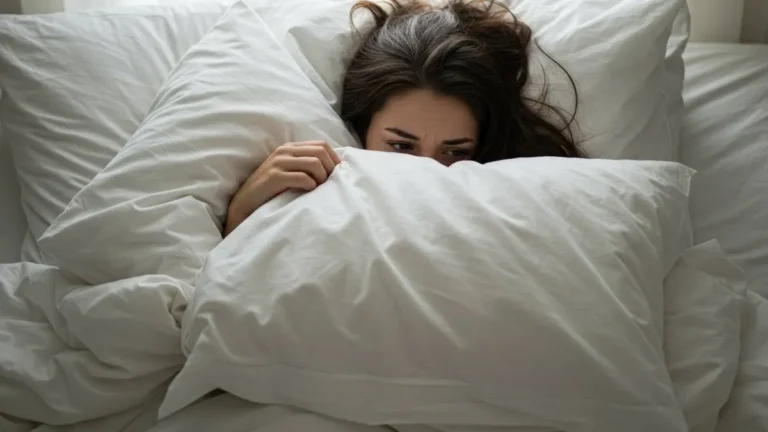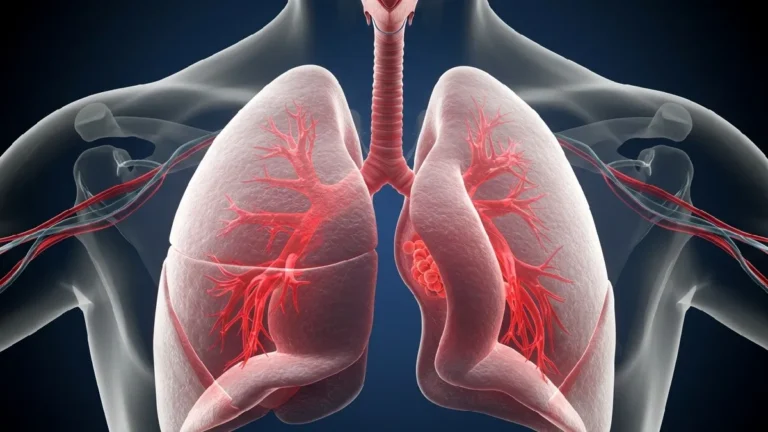Two out of every hundred people suffer from chronic migraines worldwide. It is logical that those affected try to find solutions to their suffering by changing certain daily habits. However, caution is needed, because there are many myths circulating around supposed remedies that are often not supported by science.
Symptoms that make life bitter
- Throbbing pain (usually affects one side of the head).
- Nausea and vomiting accompany the pain.
- Sensitivity to light and sound.
- Fatigue and difficulty concentrating.
As you can imagine, these symptoms take a toll on personal life, work productivity, leisure time and psychological well-being. What can those affected do? Below we will see what is true in the most deeply-rooted popular beliefs.
Myth 1: When I have a migraine, I should rest
There is a belief that exercise can trigger a migraine attack or make it worse if you have one. However, several studies have shown that physical activity reduces the number, intensity and duration of attacks.
It is best to combine aerobic exercise (such as swimming, walking or running) with strength training and follow these precautions:
- Stay hydrated. Although more research is needed , an association has been observed between insufficient hydration and the occurrence of migraine attacks.
- Avoid exercising in extreme temperatures. This could increase dehydration and put the body into a state of alarm that could trigger a new outbreak.
- Don’t overdo it. Each person must identify the time and intensity limits at which their symptoms appear so as not to exceed them.

Myth 2: Certain “miracle” diets make migraines disappear
Some diets have been widely advertised as effective antidotes to migraines without scientific justification to support this. This is the case of the ketogenic (or keto) diet – high in fat and low in carbohydrates – and low-sodium menus.
What has been shown is that certain dietary habits can improve symptoms and even reduce the frequency of episodes. These include:
- Increase foods rich in omega 3 acids (blue fish, walnuts, almonds, green leafy vegetables, etc.) and decrease omega 6 acids (which are overused in Western diets).
- Reduce consumption of sugar, saturated and trans fats, and ultra-processed foods in general.
- Restrict the intake of products rich in histamine such as alcoholic beverages, dairy products, preserved foods, fermented foods, beer, bread, wheat, eggs, processed meats such as sausages, spinach, eggplant, tomatoes and chocolate.
It is also advisable not to skip meals, stay hydrated and limit coffee consumption to one cup a day, as this dose can have an analgesic effect.
Myth 3: More sleep relieves pain
There is scientific evidence that sleep deprivation can increase the number and intensity of migraine attacks. This, in turn, worsens the quality of nighttime rest, which ends up creating a vicious circle.
Some recommendations for maintaining adequate sleep hygiene are:
- Create routines so that the body is much more prepared for rest.
- Eliminate screen and blue light use at least one hour before bedtime.
- Eat dinner at least two hours before bedtime. This will prevent your body from digesting and getting fully prepared for sleep.
- Naps should not exceed 30 minutes. Extending them can affect nighttime sleep.
- Although it is important to exercise during the day, it is best to do so at least four hours before bedtime.
Myth 4: There are alternative therapies to pills that can help me
Apart from pseudotherapies, some tools have scientific studies that support their usefulness. This is the case of therapeutic education and education on chronic pain , which help to understand what chronic pain means and offer different strategies to deal with it.
In addition, relaxation techniques such as mindfulness , yoga and deep breathing are able to reduce stress and, therefore, improve the quality of life of people with migraines.
In any case, consulting a specialist and relying on evidence-based information is always the best strategy.![]()























+ There are no comments
Add yours